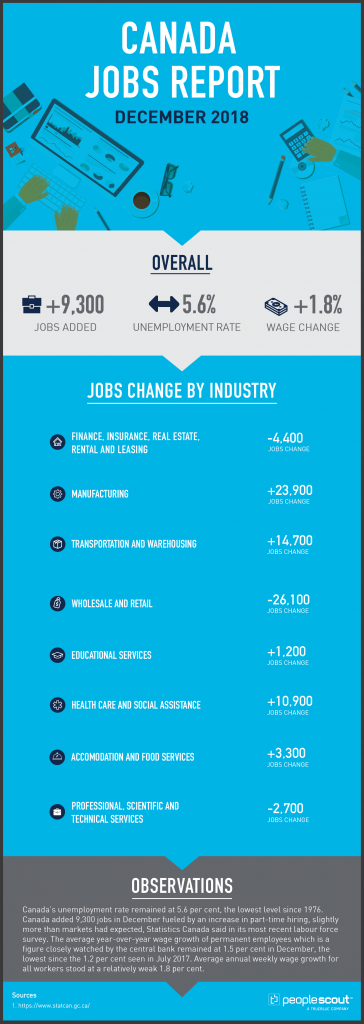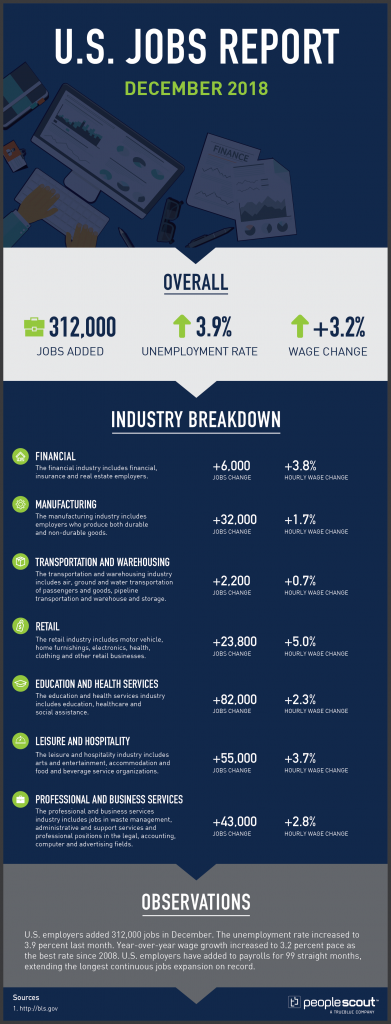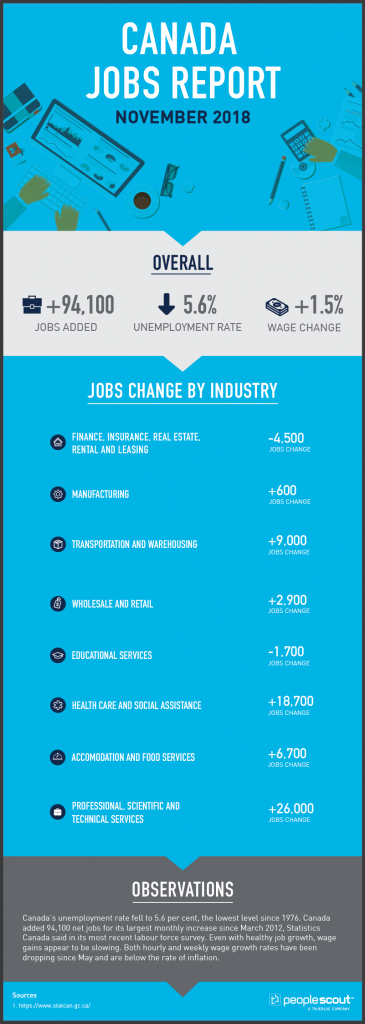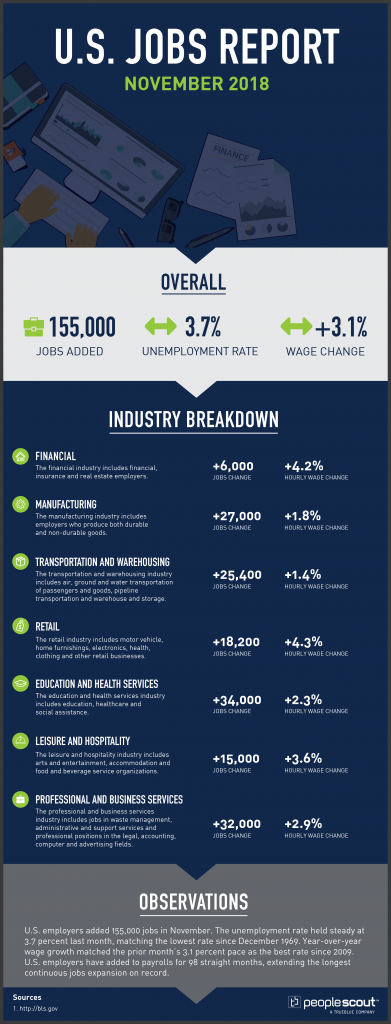A well-managed employee referral program may be the single most powerful weapon in an organization’s recruitment arsenal. In fact, employee referral programs continue to be a top source for hires. By encouraging employees to refer contacts in their professional networks for open positions you can reduce recruiting costs, improve candidate quality and increase employee engagement.
In this article, we explore the case for employee referral programs, some of the top considerations organizations should be mindful of and how to properly manage a referral program.
The Case for Developing an Employee Referral Program
Intuitively, developing a formal employee referral program makes sense.
After all, who better to refer great candidates and sell those candidates on why they should join your organization than your own employees?
Employee referral programs make good business sense. Some of the benefits your organization may reap from an employee referral program include:
- Faster time-to-hire: A LinkedIn study uncovered that it takes an average of 29 days to hire a referred candidate compared to 39 days to hire a candidate through a job board.
- Less impact on your talent acquisition budget: An employee referral program is an inexpensive sourcing strategy that relies primarily on word-of-mouth and internal communication. You don’t have to pay to advertise job posts. Due to the faster time-to-hire, organizations can cut internal costs as well, since recruiters won’t be spending as much time sourcing and interviewing candidates for open positions.
- Top talent begets top talent: Another LinkedIn survey revealed that star employees tend to refer other star employees. Tapping into your top talent can help organizations source and hire high performers more effectively.
- Better employee retention: Not only are candidates hired via an employee referral typically of higher quality, they also tend to stay at their jobs longer, with 46 percent remaining in their position for at least three years.
Employee Referral Programs as an Extension of Employee Engagement
With employee referral programs, saving time and money is just the beginning.
Employee referrals also add value through improved employee engagement.
Using employee referrals to hire candidates builds a more robust corporate culture by intersecting performance and engagement to drive business success through tapping current employees for qualified candidate referrals, thus simplifying the sourcing process.
Employees who recommend a new hire have a vested interest in onboarding and retaining that person, as many referral programs include a requirement that the referred employee must be with the organization for a specific period of time before the referring employee can get a referral bonus.
What’s more, employees who refer candidates will feel a sense of commitment to ensure their referral’s success because they recommended the position.
Moreover, employees who are involved in the recruitment process may feel a greater sense of purpose towards the future of your company.
By encouraging employees to submit referrals, you are letting them know you value their input and contribution.
What to Consider Before Implementing an Employee Referral Program
Set Program Objectives
Before implementing an employee referral program, organizations should outline objectives in order to set a clear goal.
Defining objectives early on in the process helps ensure your team is on the same page and knows exactly what is expected and when.
Setting objectives can be achieved by holding planning sessions with key stakeholders where you share the vision for the program, develop strategies to achieve success and find solutions that are mutually agreed upon.
Objectives for an employee referral program might include:
- Improving quality-of-hire
- Increasing new hire retention
- Boosting employee morale and recognition
- Lowering overall recruiting costs
- Increasing diversity within the organization
- Sourcing candidates with a specific skill set
- Reducing the time-to-hire for external candidates
- Better targeting and sourcing of passive job seekers
- Deepening the pipeline of potential applicants
Leverage Technology
Technology can help make the employee referral process better for both employers, employees and referrals. Using your technology tools can streamline processes and minimize inefficiencies and missed opportunities in the referral program.
In an article with SHRM, Jennifer Newbill, Director of Global Employment Brand, Dell explains that Dell uses a combination of “white glove” and automated communications to manage its more than 40,000 annual employee referrals, making the process more manageable for the organization’s talent acquisition teams.
Social Media Referrals
Recruitment marketing technology can allow you to post jobs on your organization’s social channels in seconds. You can also leverage your existing employees’ social media networks – if your employees are willing to post on your behalf – to expand your reach.
Auto-Posting Open Roles
In order to get your employees more engaged in your employee referral program, you should consider sharing job openings on a regular basis. Instead of sending out emails manually every time a position opens, you can automate this process through your recruitment email marketing tools.
For example, gig-economy start-up Fiverr leverages employee referral software that gamifies the referral process by adding a competitive element to referring candidates. The software assigns points to employees and credit for all the actions they take. The software also keeps employees up-to-date on the status of their referrals.
Make Jobs Shareable Through Employee Portals
Make it easier for employees to share job opportunities through their social media accounts and email. Adding social links on job posts will allow employees to automatically share job openings with just a few clicks. The quicker and easier jobs are to share, the more likely your employees will participate.
Referral Tracking
Tracking and appropriately attributing a referral is crucial to the program’s success. To make tracking easier, a referral field should be added to applications. The referral field on the job application can be filled in with information about the referring employee, making referral tracking easier.
Managing an Employee Referral Program
When it comes to managing a successful employee referral program, there are a few elements to keep in mind. Ideally, every program includes the following:
- Incentives
- A simple process
- Feedback
Below, we explain how your organization can manage each of these three elements within your employee referral program.
Employee Referral Incentives
According to a survey conducted by LinkedIn, 40 percent of respondents were motivated to refer candidates for a monetary reward. What’s more, 68 percent stated they submitted a referral because they wanted to help their organization. If you want to get the most impact out of your organization’s employee referral program, you should offer a combination of monetary and creative, non-monetary incentives for referrals.
- Experiment with monetary reward amounts because there is no magic number that will motivate all employees. Periodically testing different amounts can allow you to optimize your financial incentives.
- Employees who are more altruistic in nature may prefer the option of donating their referral bonus to a charity or cause close to their hearts.
- An alternative to offering individual monetary incentives is to hold a quarterly prize drawing where every employee who has made a successful referral during the period is eligible to win.
- While prizes and cash incentives can be great motivators, other perks can be just as effective. Non-monetary rewards can include reserved parking spots, extra time off or first choice of shifts and schedules.
For a PeopleScout client and multinational auto parts and accessories manufacturer, we encourage their store managers, area managers and team members to refer quality candidates, including friends and family, to current job openings.
Once the employee’s referral applies to a position, our client lets a member of our recruiting team know that a referral has applied.
In the system the candidate selects referral and the client lets us know. This ensures we do not miss a referral and/or they selected the wrong source code when applying.
Our team then schedules an interview with the referral and if qualified, proceeds to extend a verbal offer.
If the referral is qualified, they will be scheduled with the store/hiring manager for an in-person interview, unless the referral was a quality candidate from the store manager and they already met them in person.
To assist our client in tracking the referrals coming in, our recruiters maintain a digital log of the number of referrals that were phone screened and referrals that were hired.
Our client values this referral program because it yields quality candidates and results in a faster time-to-hire for critical positions.
When a referral is screened the recruiter ensure the source code is correct in the ATS so we provide stats and results of referrals.
Program highlights include:
- When we onboard and train our client’s new managers, PeopleScout emphasizes the employee referral program and its importance to the recruiting process
- PeopleScout’s team has specific SLAs to ensure referrals are expedited
- PeopleScout tracks time in status and conversion rates specifically for referrals
- More than 25 percent of hires for our client come from referrals
- More than 50 percent of referrals submitted are ultimately hired
- PeopleScout hires between 9,000 and 11,000 people for this client annually
Simplify the Employee Referral Process
While 95 percent of HR professionals believe their employees fully understand how to submit referrals, 63 percent say they “very often or frequently” receive feedback that employees find it too complicated to refer someone.
When evaluating your program, ask yourself these questions:
- Do employees know about your referral program?
- Is it clear with whom or where an employee should submit a referral?
- Is the technology used to submit referrals user-friendly?
- Is it easy to track if the referring employee was given credit?
- Is it easy to track the incentives that were earned?
If the program makes your employees jump through hoops to place a referral, you can be sure that it won’t attract many participants.
To simplify your program, start with the following steps:
Explain your employee referral program
Employees need to understand exactly how your referral program works to make it successful.
How you teach employees about the program depends on your size and how the workforce is dispersed geographically.
You might gather your employees together and give a brief presentation or create an online training course.
Or, you might do something as simple as sending an informational email or flyer for employees to review.
Set your requirements up front
If you want your employees to refer quality candidates, they need to know what traits and skills you are looking for.
Share the open positions you are hiring for and provide employees with the job descriptions, so they get a feel for the types of candidates that would be a good fit.
Provide regular reminders
You should periodically remind employees about the referral program. If you don’t, they may quickly forget about it.
InMobi, an Indian-based mobile technology company, offered a motorbike—a very popular vehicle in India—to any employee who referred a successful engineering manager candidate.
To keep the referral program top of mind, InMobi parked a motorbike right in front of their corporate headquarters so employees were reminded of the referral incentive every day while entering the building.
When you have an influx of open positions, send a reminder to your employees that explains how they can refer candidates and what the reward is for hired candidates.
You can also promote the referral program when you aren’t actively hiring.
An employee might refer a candidate you do not want to miss out on. You should add those candidates to your talent pool.
Collect and Provide Feedback
Measuring results is critical to evaluating the success of the program and to finding improvement opportunities.
While metrics can vary depending on the goals you’ve set for the program, here are some good metrics to track:
- On-the-job performance of referral hires
- Retention/turnover rate of referral hires
- Program ROI or the cost/benefit ratio
- Employee satisfaction with the overall process
Provide notifications after an employee referral is made
Referring employees may be nervous about whether their referrals were any good. The best practice is to notify employees immediately when their referral is accepted/rejected, if the candidate is invited for an interview and when the candidate is finally hired or not.
Employee Referral Program: The Gist
Employee referral programs remain one of the top sources for candidates because they are a cost-effective, engaging talent acquisition strategy.
To get the most out of your referral program, understand what motivates your employees to refer candidates, make the process as easy as possible and maintain good communication with both the referrer and referee.







